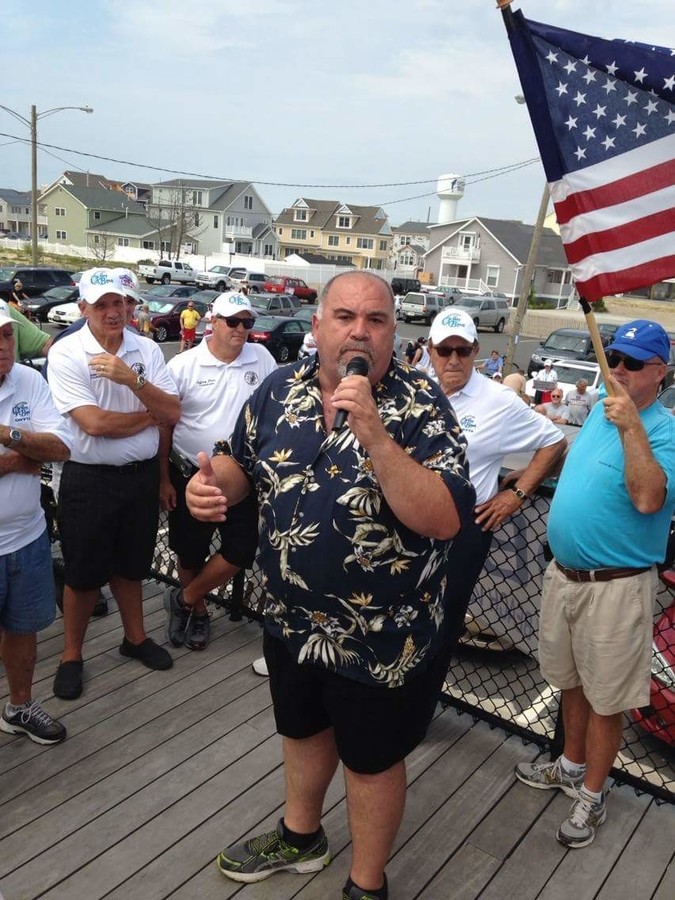Taking another look at FEMA

It has been a confusing and frustrating three and a half years since Hurricane Sandy for many homeowners who had flood insurance when the storm hit. The expectation was that since they had paid for that insurance, their insurance companies would pay them a fair amount to repair their flood damage.
What homeowners got, many claim, was fraud, and many are still waiting to settle their claims.
In March 2015, after widespread fraud was uncovered in the Federal Emergency Management Agency’s Sandy claims process, the agency agreed to reopen 144,000 claims. The new process would start with a qualification check to be sure the policy should be reviewed, and be followed by a dispute-resolution process done by a qualified flood adjuster — not the same adjuster who did the first review. The entire process would be over in 90 days.
What FEMA promised in 2015 is not what has happened. Thousands of homeowners are still waiting.
FEMA spokesman Rafael Lemaiere said the process remains the same, but there have been some changes. While a claim undergoes the review process, he explained, “If there is a certain amount of money not in dispute, and the homeowner is facing hardship, we will pay out the amount not in dispute while we look at the rest of the review.” Lemaiere acknowledged that the process was taking longer than expected, but added, “We need to get this right. We owe that to the policyholders, that they get every dollar.”
FEMA has also stopped trying to “claw back” millions in disaster recovery funds that it claims were improperly paid out, according to reports in Newsday — including $1.56 million for 216 households on Long Island, many of them in Oceanside and Long Beach.
In April, residents of New York and New Jersey went to Washington, again, to demand that FEMA come clean about the claims review process. This time, a whistleblower named Jeff Coolidge, who worked for a FEMA subcontractor, Optimal Solutions and Technologies, said he was told to use a formula based on a structure’s square footage and its construction to determine how much money a homeowner was entitled to, not a review of damage reports.
According to Attorney Douglas Pepe, writing on the legal newswire Law360, what FEMA actually furnished were redacted versions of its reports, denying homeowners their own claim files and thus hampering the review process. According to Pepe, FEMA promised the Sandy Task Force and homeowners that a neutral third party would review the claims and FEMA would give the reviews “substantial weight.”
Now, however, according to Pepe, FEMA has said that the decisions made by the third party will go to a “neutral review committee” within FEMA, and then be reviewed by a FEMA official, with no input from the homeowner. Further, the homeowner will not be provided with the “neutral” decision, or the review of that decision, leaving the homeowner, once again, having to request the documents.
George Kasimos, of the grass-roots organization Stop FEMA Now, said the “neutral third parties” are “A group of retired federal judges that arbitrate around the world. FEMA is rejecting their recommendations. FEMA is going behind the homeowners’ backs, and it may be illegal. We need a way to communicate with [the neutrals] directly. We have six or seven whistleblowers now telling us what is going on.”
“What we need is transparency,” said Michele Insinga, of Adopt a House, an organization formed after Sandy to help homeowners recover from the storm. “Now they write their own rules. Why not start today, start paying FEMA claims fairly? What does it mean when [the neutrals] come up with a [payout] number, but can’t tell you the number until FEMA approves you? What insurance company says, ‘I got a number for your car accident but I can’t tell it to you?’”
Lemaiere said that FEMA announced big changes on May 23, including a re-examination of the contract it has with insurance agencies, and a change in the appeals process. “So if you disagree with private insurance on what you’re paid, you can appeal to FEMA,” he said. “The old process did not work. The appeals office was overburdened, and deferred to the insurance companies on findings. We’re forming a new appeals branch that will work with complete transparency. When you appeal, you’ll get a letter back in plain language telling you how the process works, you’ll get updates during the process, and an explanation of the final determination — if you win, why, and if not, why not.”
What is not changing, Lemaiere said, is what is covered, but there will be more light shed on the process. “We want to be fair,” he said. “We want oversight on litigation settlements. The insurance companies will not control them. Federally backed insurance is the only way Americans have to protect themselves from this kind of disaster. It’s still an important program. It works.”









